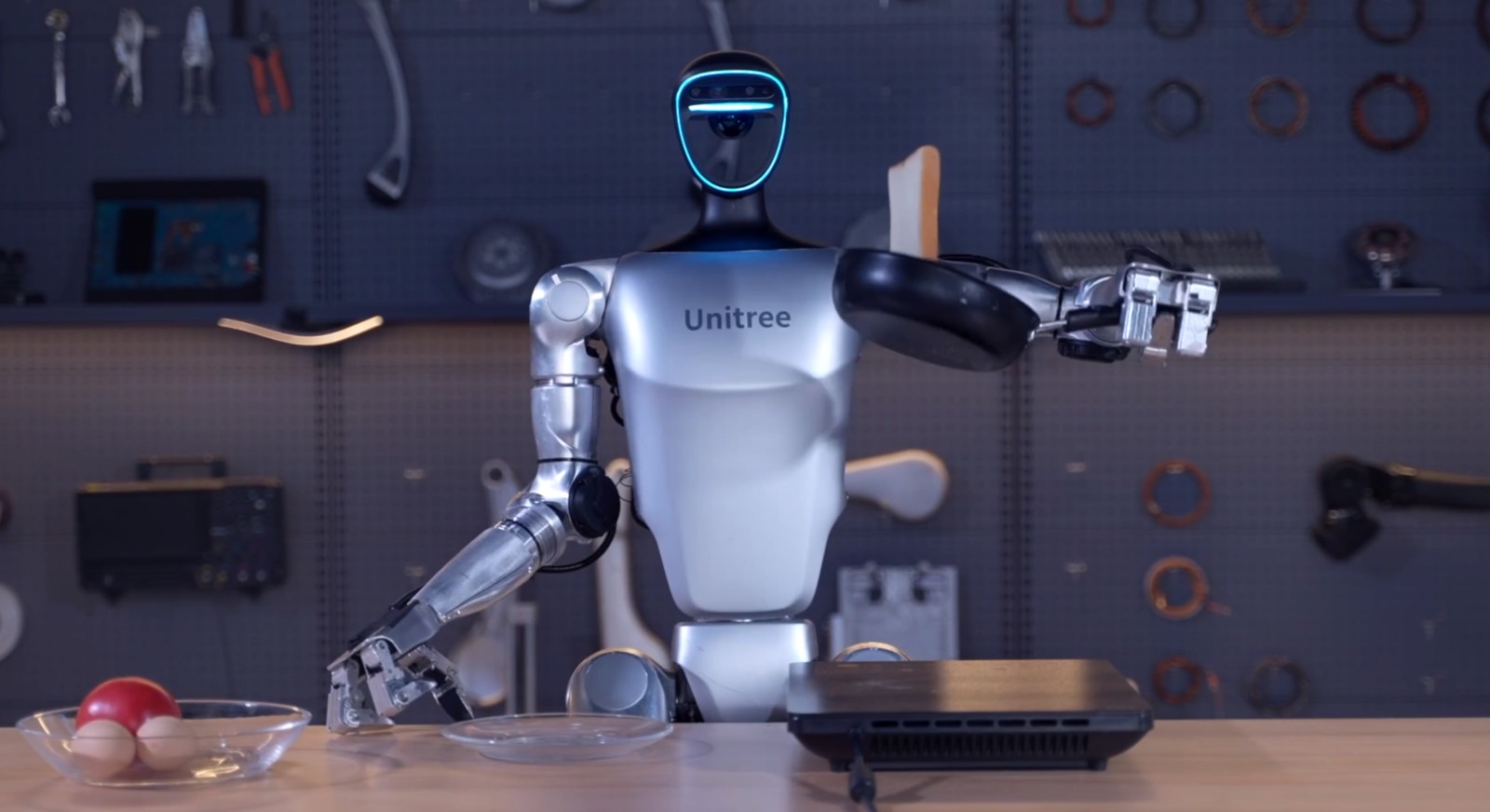Now Reading: Amazon Plans to Deploy AI Humanoid Robots for Package Deliveries
-
01
Amazon Plans to Deploy AI Humanoid Robots for Package Deliveries
Amazon Plans to Deploy AI Humanoid Robots for Package Deliveries

Speedy Summary
- Amazon’s New Delivery Initiative: Amazon plans to enhance delivery with humanoid robots powered by generative AI. Tests are reportedly being conducted at a facility in San Francisco.
- Robots in Testing: An obstacle course has been built, the size of a coffee shop, for humanoid robots to simulate full package delivery processes using Rivian vans.
- Example robot Models: Robots such as the $16,000 Unitree G1 and Digit from Agility Robotics (previously tested for warehouse tasks) are part of these trials.
- Additional AI Innovations:
– AI-based mapping tools developed to aid drivers with accurate layouts and smoother deliveries.
– Potential use of augmented reality (AR) glasses alongside AI mapping technology.
– New warehouse robots focused on multitasking and natural language command execution under progress at Amazon’s Lab126 device unit.
For more data: Read More
Indian Opinion Analysis
Amazon’s incorporation of generative AI-powered humanoid robotics into logistics signifies a major shift toward automating complex tasks that historically relied on human labor. This innovation is notably significant given India’s expanding e-commerce sector paired with logistical challenges like high urban density and infrastructure gaps. If implemented successfully,India’s e-commerce companies could benefit by reducing delivery delays while scaling operations sustainably.however, widespread adoption could lead to workforce displacement in india-a country where manual labor drives much of the logistics sector. Managing this transition responsibly will be critical, as automation often stirs socioeconomic concerns around job preservation. It also raises questions about cost efficiency versus initial investment feasibility for local firms competing against global giants like Amazon.
For policymakers and industry leaders alike, studying Amazon’s developments may help guide regulatory frameworks ensuring technological integration balances growth and employment needs without compromising consumer satisfaction or worker rights in India’s dynamic market landscape.




























